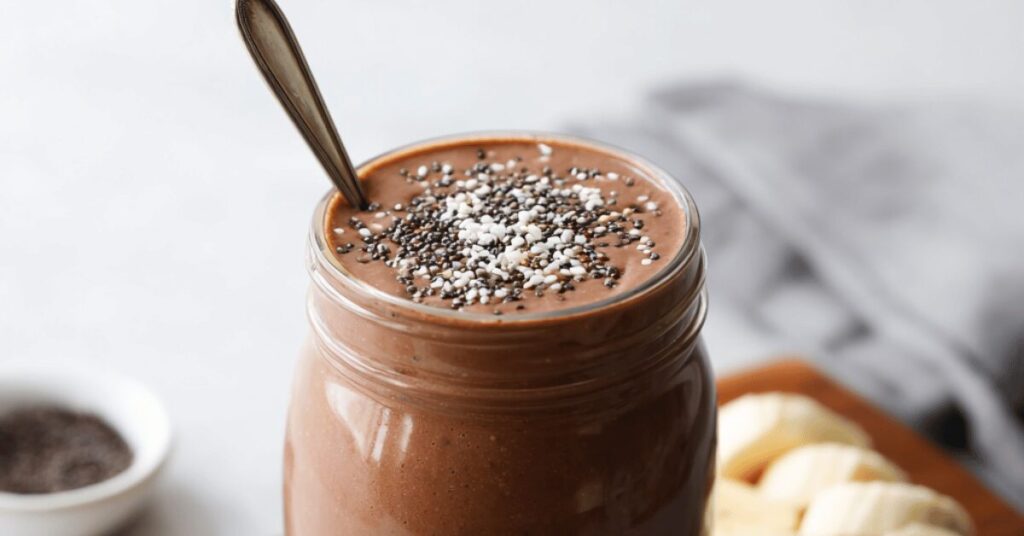
There are days when the nervous system feels like it’s firing on all cylinders—tense muscles, racing thoughts, yet underlying fatigue. This state of being “wired but tired” is a hallmark of chronic stress and early adrenal dysregulation. In functional medicine, we look for gentle, therapeutic strategies to calm the system without creating further stimulation or crash cycles. Nutritional support is one of the simplest and most impactful starting points.
Below is a list of foods that have been shown to support parasympathetic nervous system activation, regulate cortisol response, and stabilize mood and energy—especially on the days that feel overwhelming.
Wild-Caught Salmon
Salmon is a nutritional powerhouse, particularly when sourced wild-caught. It is rich in long-chain omega-3 fatty acids (EPA and DHA), which play a vital role in reducing systemic inflammation, supporting neurotransmitter production, and enhancing brain resilience to stress. These fatty acids modulate the HPA axis (hypothalamic-pituitary-adrenal axis), helping to regulate cortisol levels and support nervous system balance.
Salmon is also high in vitamin D, B12, and selenium—all essential nutrients for mood regulation, mitochondrial function, and mental clarity.
Ways to Use Salmon:
- Mix canned wild salmon with olive oil, lemon juice, and herbs for a quick salad topping.
- Add to nori wraps with avocado and shredded veggies.
- Flake into bone broth with spinach for a nutrient-dense soup.
📌 Recipes from Our Kitchen

Leafy Greens
Dark leafy greens like spinach, kale, and chard are rich in magnesium, a critical mineral that supports GABA (gamma-aminobutyric acid) activity in the brain. GABA is the primary inhibitory neurotransmitter—responsible for slowing down nerve activity and promoting a calm, relaxed state.
In addition to magnesium, these greens are high in folate, which supports methylation and the production of neurotransmitters like serotonin and dopamine. Both are essential for maintaining emotional balance and cognitive clarity during stress.
Ways to Use Leafy Greens:
- Add to smoothies with almond butter and cacao for a mood-supportive breakfast.
- Lightly sauté with garlic and olive oil as a side dish.
- Stir into soups, broths, or egg dishes for added micronutrient support.
📌 Recipes from Our Kitchen

Avocados
Avocados are a dense source of monounsaturated fats, which are essential for blood sugar regulation and hormone production. They also contain high amounts of B vitamins—especially B5 and B6—which support adrenal gland function and neurotransmitter synthesis.
Because healthy fats slow digestion, adding avocado to a meal can stabilize energy levels, reduce cortisol spikes, and help prevent the crashes that often follow high-carb snacks.
Ways to Use Avocados:
- Spread on paleo toast or seed crackers with a pinch of sea salt.
- Add to smoothies for a creamy texture and healthy fat boost.
- Slice into salads, bowls, or pair with eggs for a balanced meal.
📌 Recipes from Our Kitchen

Almonds
Almonds are rich in magnesium, vitamin E, and plant-based protein—nutrients that support nervous system health and protect against oxidative stress. Magnesium helps modulate the stress response and can improve sleep quality, reduce anxiety, and ease muscle tension.
In functional medicine, almonds are often recommended as part of a blood sugar–stabilizing snack strategy, which is essential for preventing the reactive hypoglycemia that can worsen adrenal fatigue.
Ways to Use Almonds:
- Enjoy a small handful with a piece of dark chocolate or berries.
- Blend into homemade almond butter to pair with apples or carrots.
- Add to trail mix with pumpkin seeds and unsweetened coconut flakes.
📌 Recipes from Our Kitchen

Dark Chocolate (70% Cacao or Higher)
High-cacao dark chocolate contains flavonoids that support healthy blood flow to the brain and improve mood by enhancing serotonin activity. It also contains magnesium, the calming mineral, and theobromine, which provides a gentle mood lift without overstimulation.
When consumed in moderation, dark chocolate can reduce cortisol levels and support stress resilience—making it a smart option for those seeking a calming, nutrient-rich treat.
Ways to Use Dark Chocolate:
- Pair with almonds or walnuts for a satisfying, brain-supportive snack.
- Melt and drizzle over fruit or coconut yogurt.
- Add to paleo-friendly baked goods in small amounts.
📌 Recipes from Our Kitchen

Chamomile Tea
Chamomile has long been used in botanical medicine for its calming effects on the nervous system. It contains apigenin, an antioxidant that binds to GABA receptors in the brain, promoting relaxation and reducing anxiety symptoms.
Chamomile is particularly helpful in the evening as a gentle support for sleep onset, but it can also be used during the day to take the edge off without sedation.
Ways to Use Chamomile:
- Brew a strong cup and sip slowly before bed.
- Combine with lavender or lemon balm for a calming herbal blend.
- Use chamomile-infused honey to sweeten teas or drizzle on warm meals.
📌 Recipes from Our Kitchen

Ready to Understand Your Stress Type?
To truly support stress recovery, it’s essential to know what phase of adrenal dysregulation you may be in. Functional medicine recognizes that stress affects everyone differently—and the solutions should reflect that.
👉 Take the 3-Minute Wired, Tired, or Burned Out Adrenal Quiz Here
When you complete the quiz, you’ll receive:
✅ A personalized 7-page recovery plan tailored to your adrenal fatigue stage
✅ Insights into your unique stress and energy patterns
✅ Actionable, functional steps to restore energy, mood, and resilience

Wired, Tired, or Just Hanging On?
Take our 3-minute quiz to discover your adrenal fatigue stage — and get a personalized 7-page plan to help you recover your energy, focus, and resilience.






